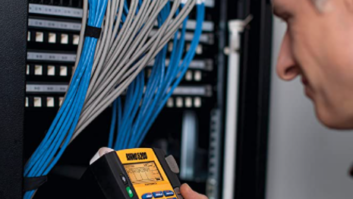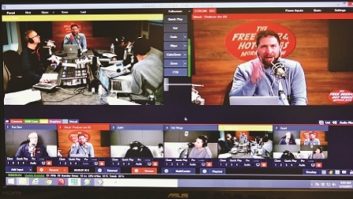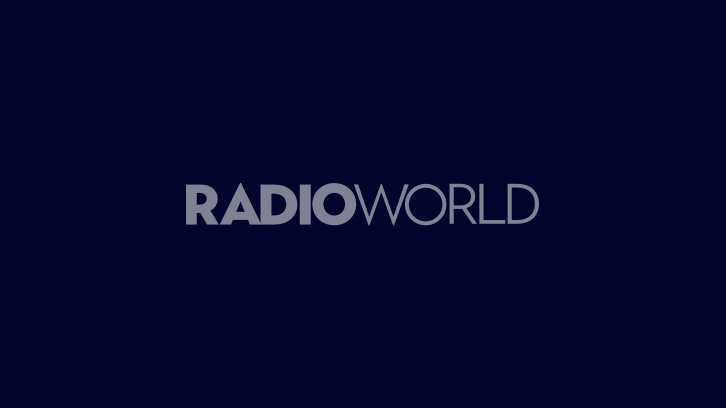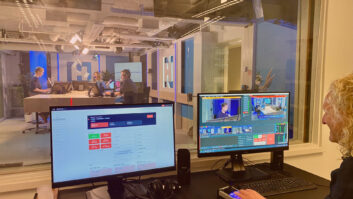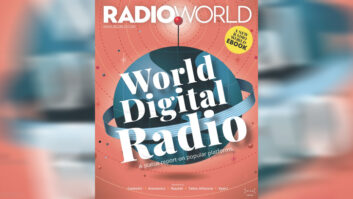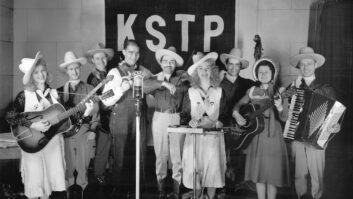It’s often said that kids keep a person young. I can attest that my three have kept me a bit more in touch with reality than I would have been otherwise from news or focus groups. And whether they belong to you, a friend or a relative, it’s hard to miss that kids are the ultimate harbingers of change.
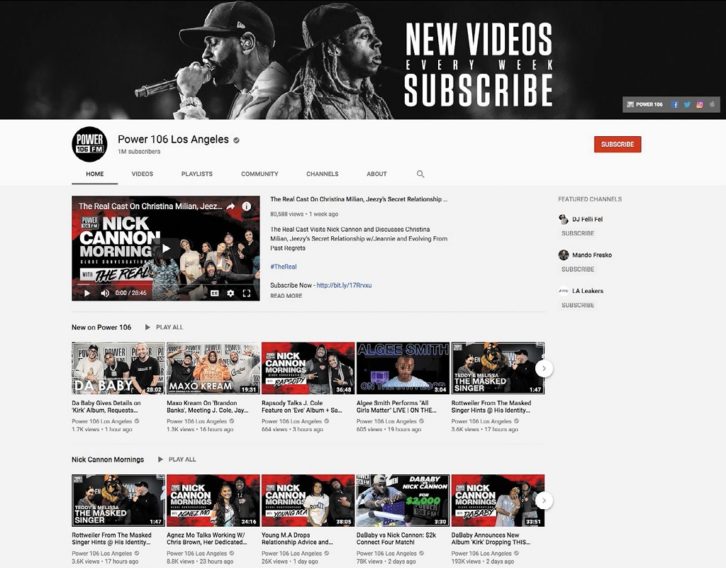
I first noticed my kids utilizing YouTube for music consumption about six years ago. I recall the jolt at the time; it actually made me feel bad that broadcast radio wasn’t totally meeting their needs.
Like you, I got over that feeling once I accepted the new on-demand enormity of YouTube, then recalled that radio still has a major role to play with its convenience, personalities, information and immediate relevance.
This evolution reminds me of when television first supplanted radio. The industry initially ignored the shift, but over time, adjusted — and when it did, what happened next? We made a U-turn and started advertising our product on TV!
In my previous article, we covered advertising on YouTube; if you haven’t read it, please do (radioworld.com, keyword Lapidus).
Now I’d like to address the importance of having a radio station YouTube channel.
LEARN FROM THE SUCCESSFUL
Wanna hang on to listeners or win over new ones? You gotta go where your audience does.
You execute this all the time when you send DJs to host concerts and events. The issue for many years now is that much of your audience is spending significant time elsewhere — online and with music apps. If you want to go where the fish are, you need a real presence.
The best example I’ve seen of a highly successful radio YouTube channel was created by the BBC’s Radio 1. I’m not alone in loving this channel; it has 6.9 million subscribers. Some videos have millions of views, many have hundreds of thousands of views and yes, they even have pieces in the mere thousands.
“Foul!” you cry. I can hear the haters now, saying in unison: “But the BBC is a fully funded network, propped up by the government. It doesn’t even have to make a profit!”
Can’t deny that. However, everyone needs something to aspire to, admire and emulate. I’m simply suggesting that you click around the channel and notice how they’ve constructed it, what videos are performing, how they promote their broadcast channel, and the amazing outpouring of emotion they get from their audience in the comments section.
If you want to go domestic, take a gander at NPR Music with its nearly 3 million subscribers or the other NPR channels with 206,000, 99,000 and 101,000, respectively. Try looking at your best-in-class format competitors to see what they’ve got brewing and what you’re up against.
It’s interesting to note that Power 106 in L.A. is at nearly a million subscribers but, like Z100 in New York, has a low viewing rate. This could indicate that the stations are not purchasing any YouTube advertising; that their audiences are not diggin’ what they’re posting; or that their frequency of posting (content velocity) is low, so the audience doesn’t actually participate regularly anyway.
CONSIDERATIONS
A few things to debate:
Should a morning show have its own YouTube channel, separate from the main radio station? While there’s no definitive answer to this, my gut tells me that integration is preferable simply because it’s desirous to maintain a steady flow of content velocity. If both the morning show and the station are creating product, the overall posting frequency will increase.
Another advantage is exposing what could be two audiences to one brand. Some morning shows will fight this hard because, from a brand/ownership perspective, they may want their show to fly solo in case at some point they decide to depart the mothership.
What about other streaming services like Spotify and Apple Music? No reason why you shouldn’t offer playlists of your own design or by artists who reside in your format. I’m not convinced it will have the same impact as a YouTube channel, but the effort and barriers to entry are low. Apple Music claims to be streaming 100,000+ radio stations. Is your station available?
Is there money to be made on YouTube? It doesn’t turn into serious change until a station achieves a large number of video views with viewers who will watch full 30-second pre-roll ads. This ad-sense (pre-roll) that you can activate at any time, may be setting up a barrier to entry. It isn’t something that requires serious discussion until you have a substantial audience. Another angle is to integrate sponsors into your content, probably the most appealing, as it could be tied to a station ad-buy.
A highly produced/professional YouTube channel does require an investment in money, time and resources, and I get that not all stations are able or willing to play. It would be very interesting to see if this can be done on a small- or medium-market level — highly localized with raw materials. Would it perform by itself and also help to maintain or grow ratings? Let me know of your own experience.
By the way, this isn’t about being futuristic or obsessing over a passing fancy. YouTube has been growing for years. If we ignore advertising on it, or avoid even the notion of our own channel, it could be at our own detriment.
Mark Lapidus is a longtime Radio World contributor. Comment on this or any story to radioworld@futurenet.com.
